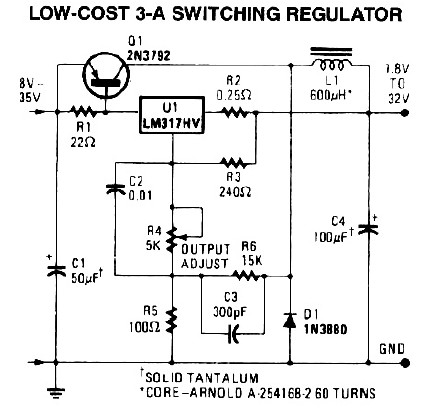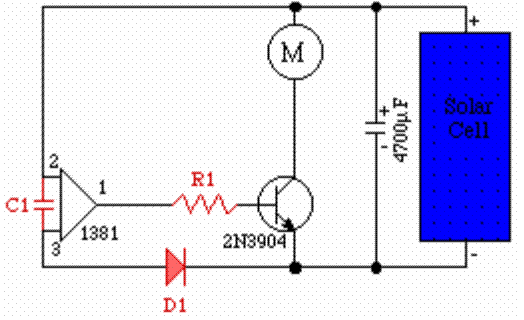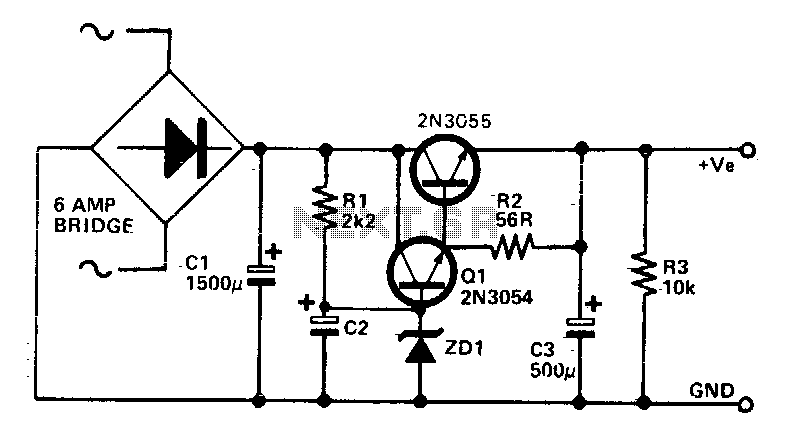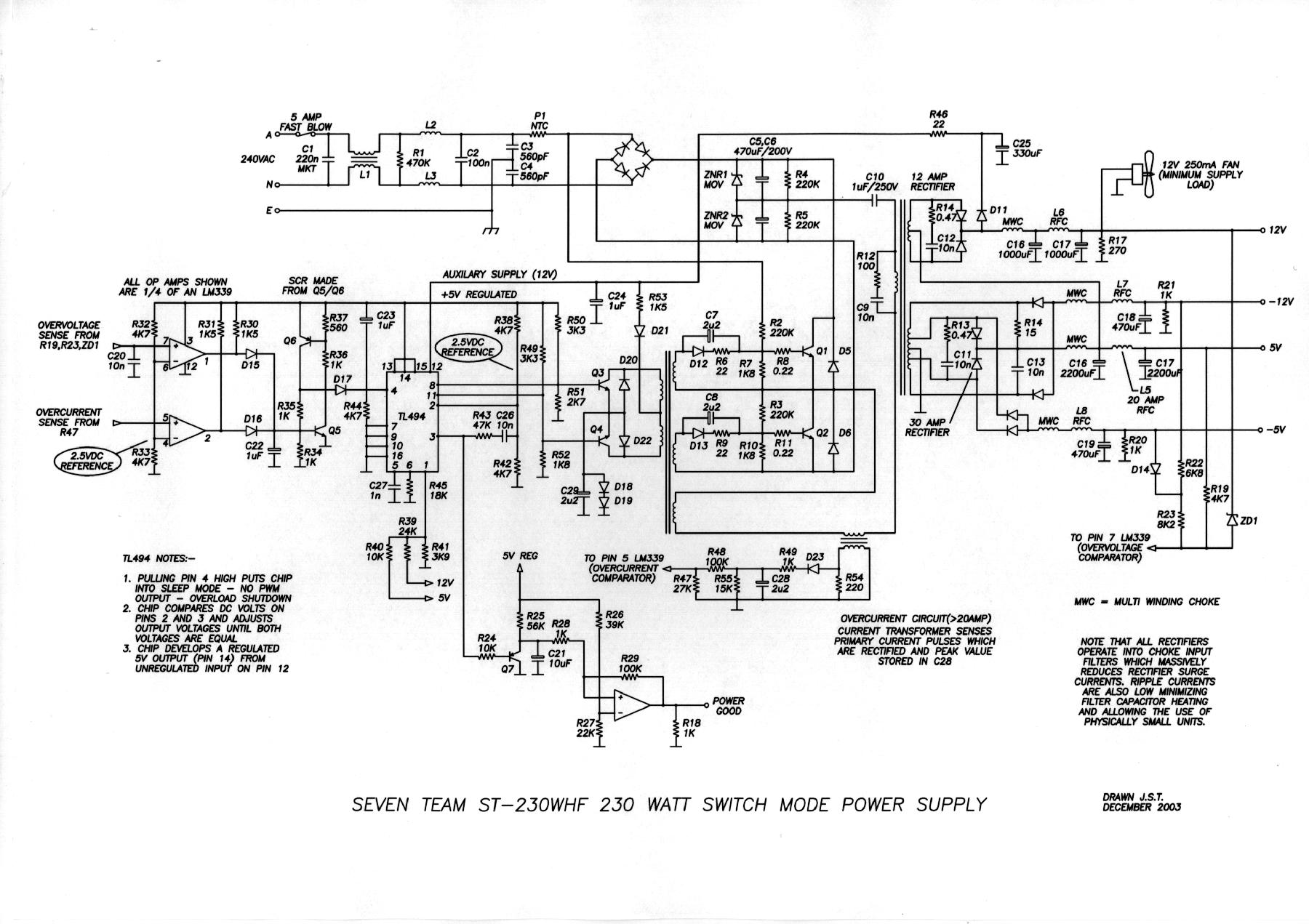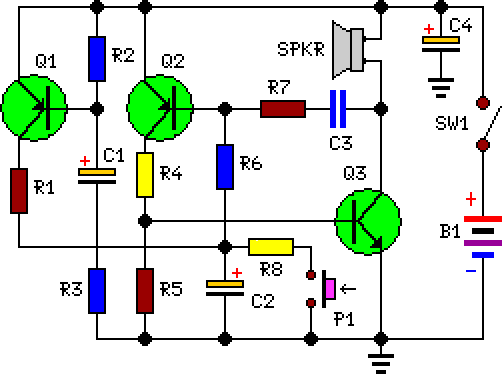
Power Supply For USB Devices
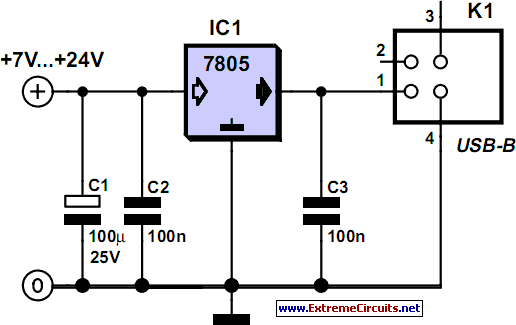
An increasing number of devices operate on internal rechargeable batteries. While a compatible charger is typically included, some devices can only be charged via a USB port. This is common with USB MP3 players, which require docking with a PC for file transfers. However, this feature can pose challenges during computer-free vacations. Solutions to these issues are often simpler than expected. If the goal is to obtain a supply voltage, a USB port can be easily replicated. The circuit presented utilizes a 7805 voltage regulator in a standard configuration. The innovation lies in the USB connector that allows connection to the MP3 player. The 7805 is available in various versions, with most capable of supplying 1 A, and some advanced models capable of delivering up to 1.5 A. Since a USB device is limited to drawing a maximum of 500 mA from the port, this circuit can provide charging or operational current to two or three USB devices simultaneously. The input voltage can range from 7 to 24 volts, making a simple wall adapter with DC output suitable for home or travel use. Additionally, a cable with an inline fuse and a cigarette lighter plug can be constructed to connect to a vehicle's power supply, which may reach up to 14.4 V with the engine running. At an output current of 1 A and an input voltage of 7 V, the 7805 dissipates 2 watts. Using the common TO-220 package with a metal tab, which has a thermal resistance of approximately 50 °C/W, the internal (chip) temperature of the 7805 would reach around 120 °C at an ambient temperature of 20 °C. The maximum specified temperature is 150 °C, so adequate cooling is essential, particularly in automotive applications with higher input voltages.
The circuit design incorporates a 7805 voltage regulator, which is a linear voltage regulator that converts a higher DC voltage to a stable 5V output. This is particularly useful for charging devices that require 5V, such as USB-powered gadgets. The 7805 regulator is connected to a USB connector, allowing for direct connection to devices like MP3 players. The input to the 7805 can be sourced from various power supplies, including wall adapters or automotive power supplies, making it versatile for both home and mobile use.
To ensure the circuit operates safely, it is recommended to include an inline fuse to protect against overcurrent conditions, especially when powered from a vehicle. The fuse should be rated slightly above the expected current draw to avoid nuisance blows while providing adequate protection.
Thermal management is critical in this circuit due to the heat generated by the 7805 during operation. The power dissipation can be calculated using the formula: Power (P) = (Vin - Vout) * Iout. For example, with an input voltage of 7V and an output current of 1A, the power dissipation would be 2W, leading to a significant temperature rise. To manage this heat, a heatsink should be attached to the 7805 regulator, particularly in high ambient temperature environments or when the device is used in a car, where the temperature can rise significantly.
Additionally, the circuit can be expanded to accommodate multiple USB outputs by using USB hub circuitry, allowing for the simultaneous charging of several devices without exceeding the current limits of the USB specification. This makes the design highly practical for users who require multiple device charging capabilities while on the go.More and more equipment is sold that runs off internal rechargeable batteries. Although a matching charger is usually supplied in the package, there are also devices that can only be charged via a USB port. That is not surprising in the case of USB MP3 players, which have to dock` in the PC anyway for some time for the purpose of file transferring
. Still, the same feature` can be a serious disadvantage, for example, on computer-free` holidays. Sometimes it makes you wonder how simple the solutions to such problems actually turn out to be. After all, if it`s just a supply voltage we`re after, then a USB port is easily imitated. The circuit shown here is nothing but a 7805 in a dead standard configuration. The innovation, if any, might be USB connector to which the MP3 player can be connected. The 7805 comes in different flavours most devices can supply 1 A, but there are also more advanced variants that achieve up to 1. 5 A. Because a USB device is never allowed to draw more than 500 mA from the port it is plugged into, the circuit shown here should be able to supply charging and/or operating current to up to two (or three) USB devices at the same time.
The input voltage may be a direct voltage of anything between 7 and 24 volts, so for use at home or abroad a simple wall cube with DC output is sufficient. Another useful bit to make yourself might be a cable with an inline fuse and a cigarette lighter plug so you can tap into a vehicle supply (note that this may be up to 14.
4 V with a running engine). At an output current of 1 A and an input voltage of just 7 V, the 7805 already dissipates 2 watts. Assuming you`re using the most commonly seen version of the 7805, the TO-220 case with its metal tab will have a thermal resistance of about 50 °C/W. Also assuming that the ambient temperature is 20 °C, the 7805`s internal (chip) temperature will be around 120 °C.
In most cases, 150 °C is the specified maximum, so ample cooling must be provided especially in a car and with relatively high input voltages. 🔗 External reference
The circuit design incorporates a 7805 voltage regulator, which is a linear voltage regulator that converts a higher DC voltage to a stable 5V output. This is particularly useful for charging devices that require 5V, such as USB-powered gadgets. The 7805 regulator is connected to a USB connector, allowing for direct connection to devices like MP3 players. The input to the 7805 can be sourced from various power supplies, including wall adapters or automotive power supplies, making it versatile for both home and mobile use.
To ensure the circuit operates safely, it is recommended to include an inline fuse to protect against overcurrent conditions, especially when powered from a vehicle. The fuse should be rated slightly above the expected current draw to avoid nuisance blows while providing adequate protection.
Thermal management is critical in this circuit due to the heat generated by the 7805 during operation. The power dissipation can be calculated using the formula: Power (P) = (Vin - Vout) * Iout. For example, with an input voltage of 7V and an output current of 1A, the power dissipation would be 2W, leading to a significant temperature rise. To manage this heat, a heatsink should be attached to the 7805 regulator, particularly in high ambient temperature environments or when the device is used in a car, where the temperature can rise significantly.
Additionally, the circuit can be expanded to accommodate multiple USB outputs by using USB hub circuitry, allowing for the simultaneous charging of several devices without exceeding the current limits of the USB specification. This makes the design highly practical for users who require multiple device charging capabilities while on the go.More and more equipment is sold that runs off internal rechargeable batteries. Although a matching charger is usually supplied in the package, there are also devices that can only be charged via a USB port. That is not surprising in the case of USB MP3 players, which have to dock` in the PC anyway for some time for the purpose of file transferring
. Still, the same feature` can be a serious disadvantage, for example, on computer-free` holidays. Sometimes it makes you wonder how simple the solutions to such problems actually turn out to be. After all, if it`s just a supply voltage we`re after, then a USB port is easily imitated. The circuit shown here is nothing but a 7805 in a dead standard configuration. The innovation, if any, might be USB connector to which the MP3 player can be connected. The 7805 comes in different flavours most devices can supply 1 A, but there are also more advanced variants that achieve up to 1. 5 A. Because a USB device is never allowed to draw more than 500 mA from the port it is plugged into, the circuit shown here should be able to supply charging and/or operating current to up to two (or three) USB devices at the same time.
The input voltage may be a direct voltage of anything between 7 and 24 volts, so for use at home or abroad a simple wall cube with DC output is sufficient. Another useful bit to make yourself might be a cable with an inline fuse and a cigarette lighter plug so you can tap into a vehicle supply (note that this may be up to 14.
4 V with a running engine). At an output current of 1 A and an input voltage of just 7 V, the 7805 already dissipates 2 watts. Assuming you`re using the most commonly seen version of the 7805, the TO-220 case with its metal tab will have a thermal resistance of about 50 °C/W. Also assuming that the ambient temperature is 20 °C, the 7805`s internal (chip) temperature will be around 120 °C.
In most cases, 150 °C is the specified maximum, so ample cooling must be provided especially in a car and with relatively high input voltages. 🔗 External reference
